African Plate and the East African Rift Zone

African Plate Boundary
The African Plate is the 4th largest plate tectonic boundary on Earth. It consists of both continent and ocean crust.
For example, the African major plate contains the whole continent of Africa as well as the surrounding oceanic crust of the Atlantic Ocean.
The African Plate moves at an average rate of about 2.5 centimeters per year. That’s about how fast your fingernails grow each year.
What Is the East African Rift Zone?

The west side of the African Plate straddles the South American Plate and the North American Plate. At this mid-oceanic ridge, these two plate boundaries pull apart from each other.
This diverging plate boundary creates some of the youngest oceanic crusts on the planet.
Along the east edge of the boundary, the Somali Plate is positioned along the East African Rift zone. This developing rift zone is gradually separating the east part of the continent.
The west side of the African major plate diverges from the North American plate. These divergent plate boundaries form the mid-oceanic ridges or rift valleys.
In terms of size, the African Plate is about 61,300,000 km2. This makes it the 4th largest tectonic plate on Earth.
Africa and New York Were Once Connected
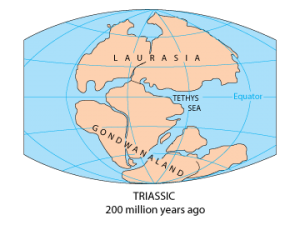
If you could rewind time 250 million years ago, this would put you in the Permian Period. In the Permian period, there was just the Pangaea supercontinent.
From coast to coast, Pangaea was surrounded by the superocean Panthalassa. Gradually, continental drift tore the supercontinent apart into separate continents. If you were alive in the Permian Period, it would just be a stone’s throw away from New York to Africa.
Following this period, a rift opened separating the continents of Africa and South America as Gondwanaland. Then, Laurasia consisted of today’s North America, Europe, Greenland, and Asia in the north. Finally, the Tethys Sea separated Gondwanaland and Laurasia in the Triassic Period.
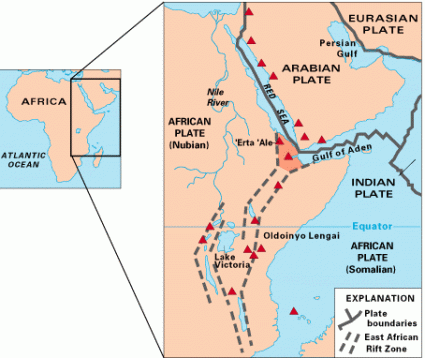
Summary: The African Plate
The African Plate is one of the major tectonic plates on Earth, encompassing the entire continent of Africa as well as portions of the surrounding ocean floor.
Its interactions with neighboring plates, such as the Eurasian Plate to the north and the South American Plate to the west, have contributed to the formation of mountain ranges, rift valleys, and seismic activity in various regions, shaping the geological and geographic features of the African continent.
If you have any questions or comments, let us know what you think. We’re happy to answer questions and listen to any feedback you may have.

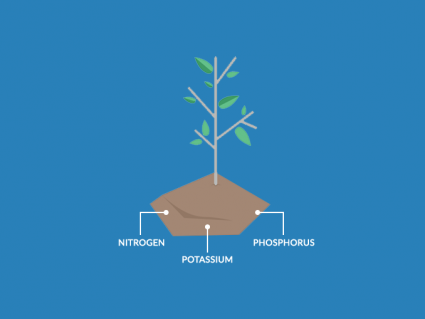

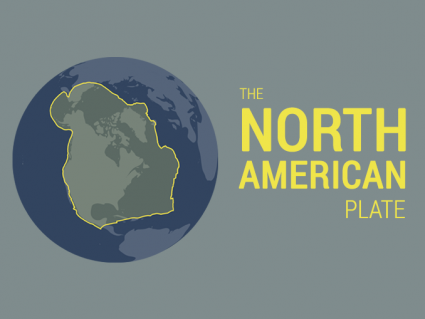
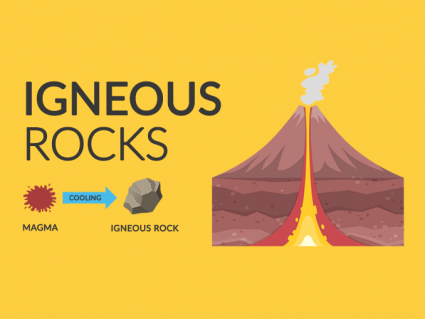
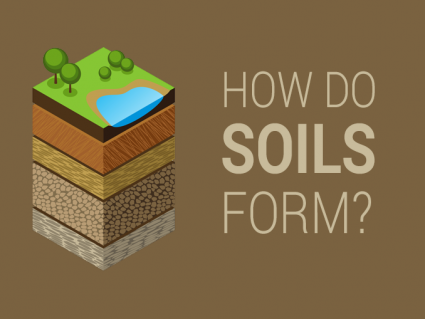
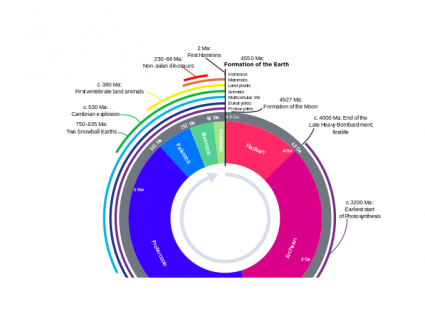
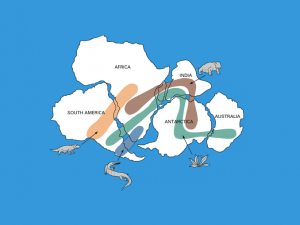
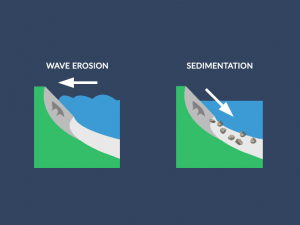
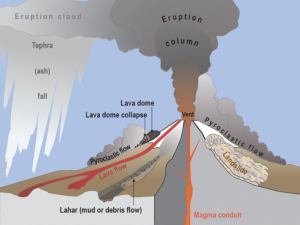
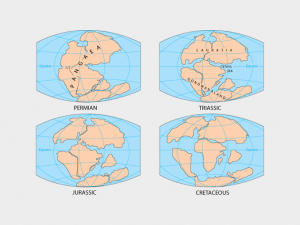
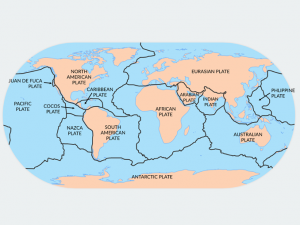
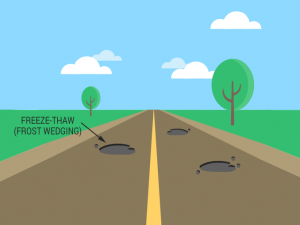
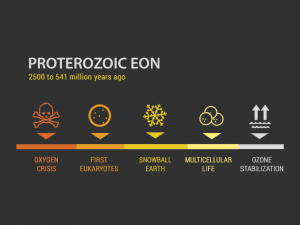
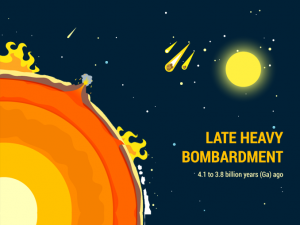
The African Plate and the South American Plate are moving away from each other at the Mid-Atlantic Ridge…. So, this mean that the land between them doesn’t get pushed together… instead, it forms new oceanic crust at the ridge because magma rises up and solidifies, causing the plates to move apart.
How will the interaction between the African Plate and the South American Plate transpire? You have two spreading centers pushing land towards each other. Where does this land in between go?
What about the rift valleys of the Arabian plate? Are they formed at the same time as those of East Africa?
The general consensus for the cause of Permian-Triassic mass extinction is from severe volcanic activity, environmental change, long-term methane release.
Here’s a bit more info on the 5 big extinction events. https://earthhow.com/mass-extinctions/
Was it the coming together of Pangea that caused the Permian-Triassic mass extinction?
We would love audio Geology lectures. Preferably about our Permian time and Pangea and the rift valleys